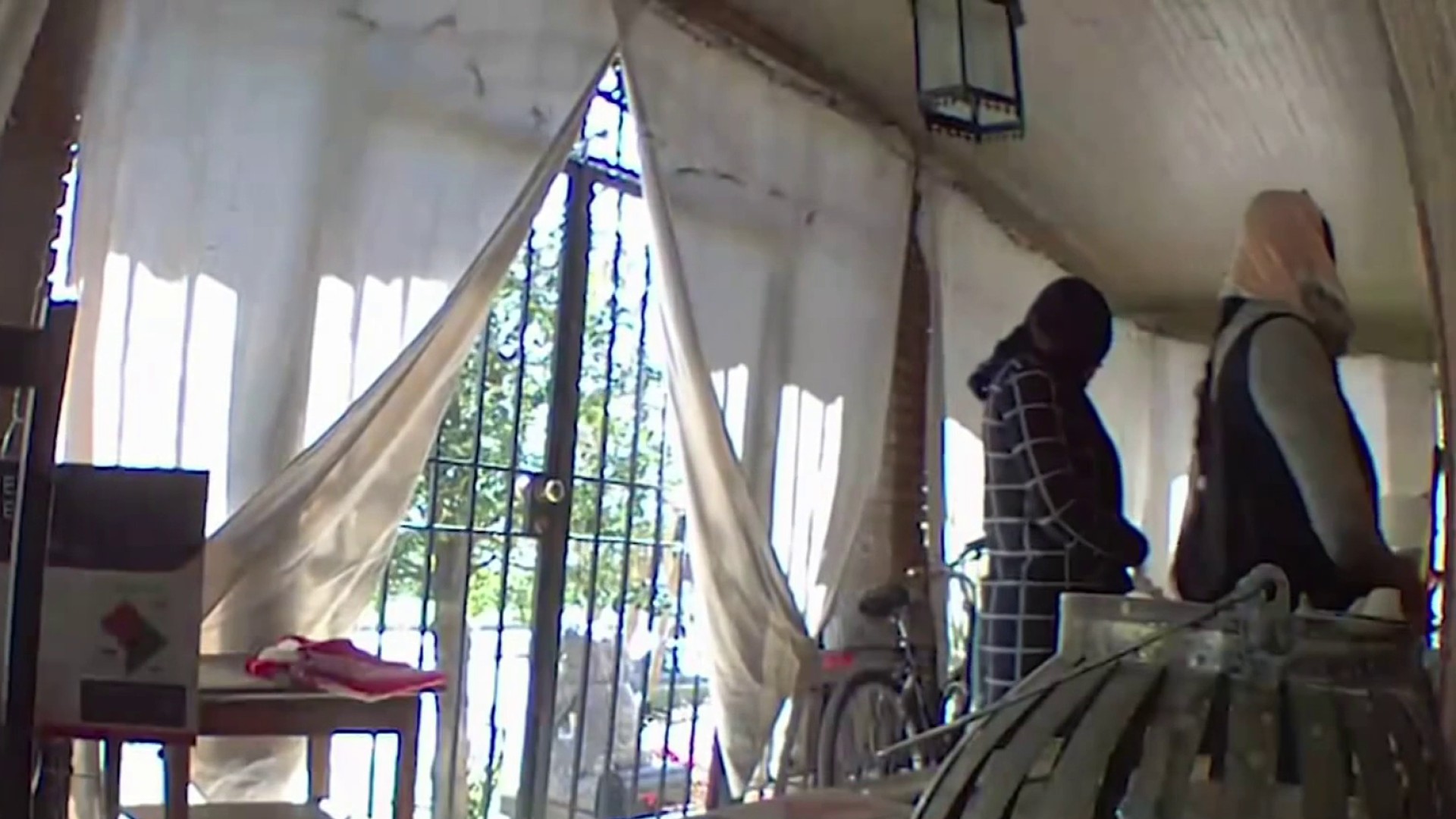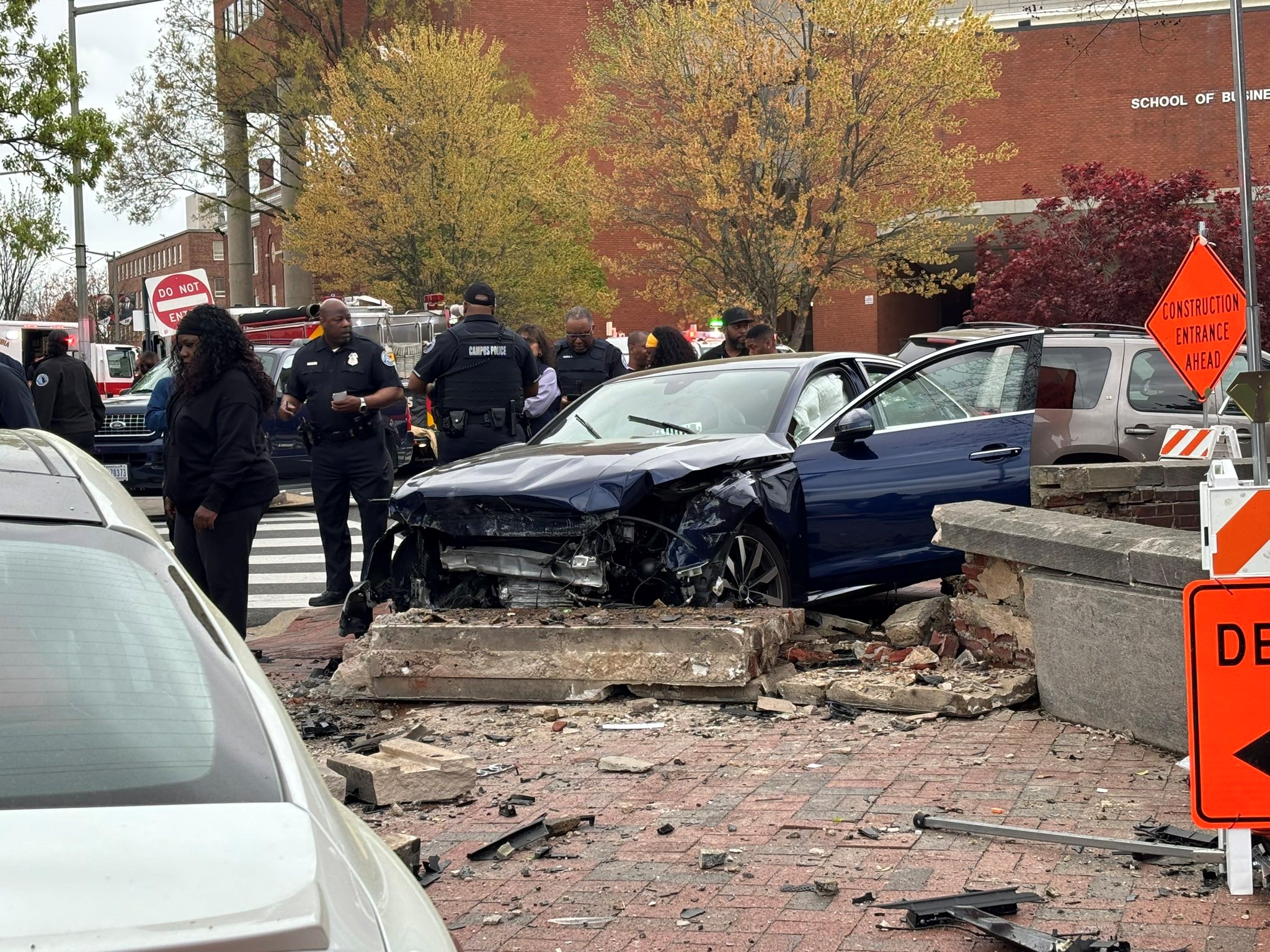The D.C. officer who shot and killed an unarmed man on a motorcycle in 2016 will be fired, the Metropolitan Police Department said Friday.
Officer Brian Trainer, who is white, shot 31-year-old Terrence Sterling, who is black, after Sterling was reported to be riding his motorcycle recklessly Sept. 11, 2016.
In May, the D.C. police trial board recommended firing Trainer and Trainer appealed the decision, saying the panel unfairly judged his case.
Police Chief Peter Newsham made the final decision to fire Trainer. The officer's termination is effective June 22, according to a statement the police department released Friday.
Trainer has been on paid administrative leave and was never criminally charged.
Witnesses disputed what Trainer and a second officer said about the shooting.
Howard Dorsey was driving home from work when Sterling pulled in front of him on his motorcycle. A D.C. police car pulled up and, within moments, Sterling had been shot twice.
Trainer said he shot Sterling because Sterling had intentionally rammed his police car, injuring him.
Dorsey testified last month that's not what happened and told News4 the shooting wasn't justified.
A detective who investigated the shooting pointed out inconsistencies in Trainer's report of what happened. Trainer said his leg was injured after Sterling rammed the door of his police car. But the detective said the injury was more consistent with Trainer being on his knee as he administered first aid to Sterling than with being trapped in the door.
A police internal review board previously found Trainer was unjustified in shooting Sterling, and the police chief called on him to resign. Earlier this year, the city reached a $3.5 million settlement with Sterling's family.
The DC Police Union said it was concerned about whether Trainer got a fair hearing because of numerous city officials calling for his resignation.
Police initially said Sterling, of Fort Washington, Maryland, intentionally rammed the passenger-side door of a police car while trying to flee a traffic stop, but witnesses disputed the police department's account of the incident, saying the crash was unavoidable.
Trainer, a four-year veteran of the department, was wearing a body camerabut did not turn it on until after the shooting, police said.
According to a review of the incident by the U.S. Attorney's Office and the Metropolitan Police Department, Trainer and his partner, the driver, were stopped at a red light on U Street at 15th Street in northwest D.C. about 4:20 a.m. the day Sterling was killed. Sterling pulled in front of their cruiser and briefly stopped before speeding off through the red light. The officers turned on their emergency lights and siren and pursued Sterling.
Local
Washington, D.C., Maryland and Virginia local news, events and information
The officers lost sight of Sterling at times, but other officers and civilians saw him riding at speeds estimated at 100 mph, running red lights and nearly hitting another police cruiser, according to the U.S. attorney.
The pursuit continued for several minutes and covered about 25 blocks, until Sterling stopped at Third and M streets NW and the officers pulled into the intersection to partially block Sterling's path, according to the U.S. attorney.
Trainer drew his weapon and opened his door. Evidence shows Sterling accelerated toward the passenger side, hitting the door as the officer was getting out, the U.S. attorney said.
Trainer reacted by firing two rounds through the front window, according to the U.S. attorney.
Sterling died of wounds to the neck and back, according to the city's chief medical examiner. Toxicology results found Sterling’s blood alcohol content was 0.16 -- twice the legal limit.



